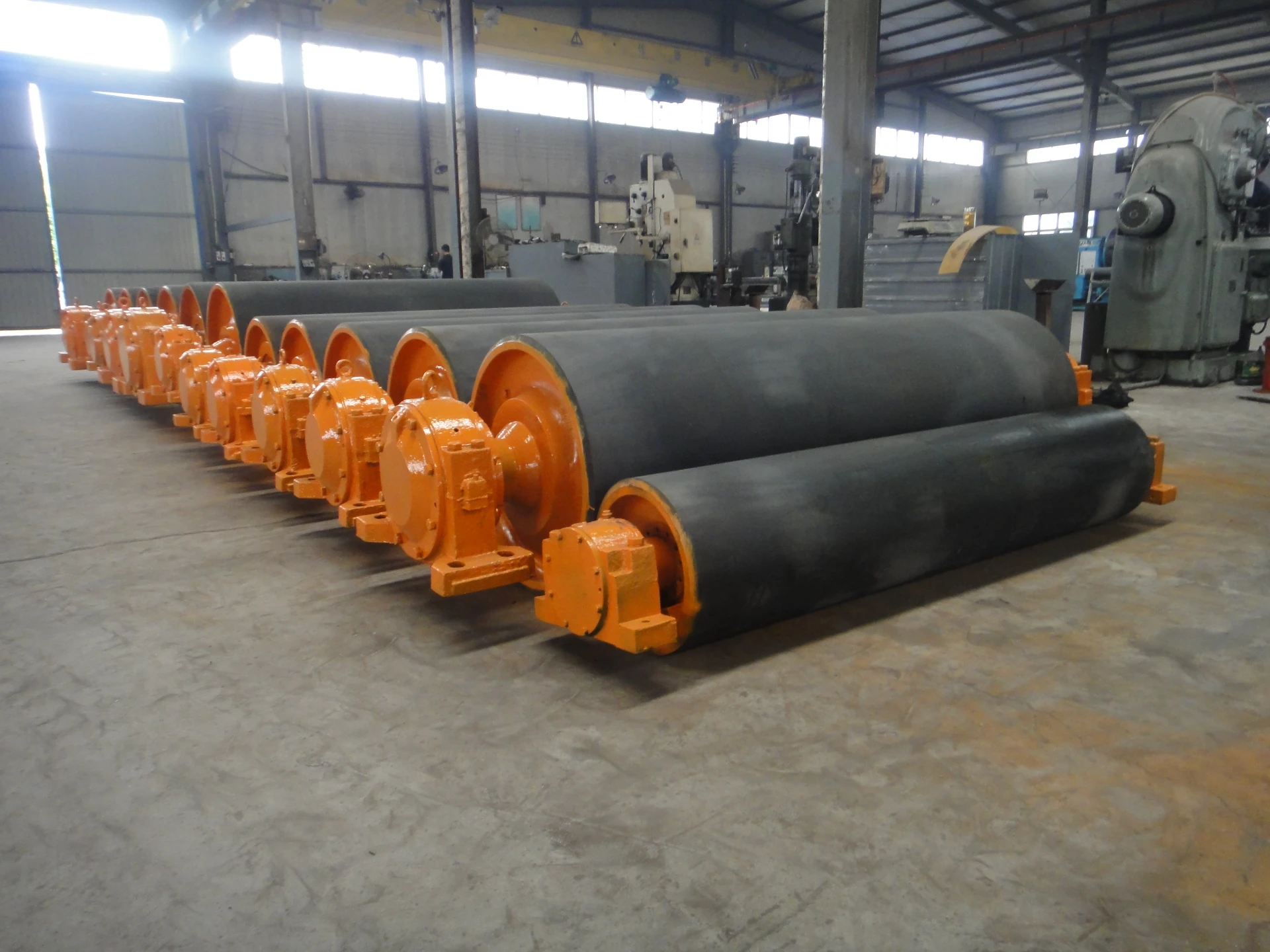 Afrikaans
Afrikaans  Albanian
Albanian  Amharic
Amharic  Arabic
Arabic  Armenian
Armenian  Azerbaijani
Azerbaijani  Basque
Basque  Belarusian
Belarusian  Bengali
Bengali  Bosnian
Bosnian  Bulgarian
Bulgarian  Catalan
Catalan  Cebuano
Cebuano  Corsican
Corsican  Croatian
Croatian  Czech
Czech  Danish
Danish  Dutch
Dutch  English
English  Esperanto
Esperanto  Estonian
Estonian  Finnish
Finnish  French
French  Frisian
Frisian  Galician
Galician  Georgian
Georgian  German
German  Greek
Greek  Gujarati
Gujarati  Haitian Creole
Haitian Creole  hausa
hausa  hawaiian
hawaiian  Hebrew
Hebrew  Hindi
Hindi  Miao
Miao  Hungarian
Hungarian  Icelandic
Icelandic  igbo
igbo  Indonesian
Indonesian  irish
irish  Italian
Italian  Japanese
Japanese  Javanese
Javanese  Kannada
Kannada  kazakh
kazakh  Khmer
Khmer  Rwandese
Rwandese  Korean
Korean  Kurdish
Kurdish  Kyrgyz
Kyrgyz  Lao
Lao  Latin
Latin  Latvian
Latvian  Lithuanian
Lithuanian  Luxembourgish
Luxembourgish  Macedonian
Macedonian  Malgashi
Malgashi  Malay
Malay  Malayalam
Malayalam  Maltese
Maltese  Maori
Maori  Marathi
Marathi  Mongolian
Mongolian  Myanmar
Myanmar  Nepali
Nepali  Norwegian
Norwegian  Norwegian
Norwegian  Occitan
Occitan  Pashto
Pashto  Persian
Persian  Polish
Polish  Portuguese
Portuguese  Punjabi
Punjabi  Romanian
Romanian  Russian
Russian  Samoan
Samoan  Scottish Gaelic
Scottish Gaelic  Serbian
Serbian  Sesotho
Sesotho  Shona
Shona  Sindhi
Sindhi  Sinhala
Sinhala  Slovak
Slovak  Slovenian
Slovenian  Somali
Somali  Spanish
Spanish  Sundanese
Sundanese  Swahili
Swahili  Swedish
Swedish  Tagalog
Tagalog  Tajik
Tajik  Tamil
Tamil  Tatar
Tatar  Telugu
Telugu  Thai
Thai  Turkish
Turkish  Turkmen
Turkmen  Ukrainian
Ukrainian  Urdu
Urdu  Uighur
Uighur  Uzbek
Uzbek  Vietnamese
Vietnamese  Welsh
Welsh  Bantu
Bantu  Yiddish
Yiddish  Yoruba
Yoruba  Zulu
Zulu rubber lagging pulley
The Importance of Rubber Lagging in Pulley Systems
In modern industrial settings, pulley systems play a crucial role in various applications, from manufacturing to materials handling. One of the key features that enhance the performance and efficiency of these systems is rubber lagging on pulleys. This article will delve into the significance, benefits, and applications of rubber lagging in pulley systems, emphasizing its overall contribution to operational efficiency.
What is Rubber Lagging?
Rubber lagging refers to the process of applying a layer of rubber to the surface of a pulley. This design modification aims to improve the traction between the belt and the pulley, reduce slippage, and extend the life of both the pulley and the conveyor belt. This rubber layer can vary in thickness and texture, depending on the specific requirements and conditions of the application.
The Benefits of Rubber Lagging
1. Enhanced Traction One of the primary advantages of rubber lagging is the increased traction it provides. The textured surface of the rubber allows for better grip between the pulley and the conveyor belt, significantly reducing the chances of slippage. This is particularly beneficial in applications where heavy loads are involved, as it ensures that the belt maintains a consistent speed and direction.
2. Better Wear Resistance Rubber lagging offers superior wear resistance compared to bare metal or other surface coatings. With constant exposure to heavy loads and friction, pulleys can suffer significant wear over time. The rubber layer acts as a buffer, absorbing some of the impact and wear, thus prolonging the lifespan of the pulley and the belt.
3. Noise Reduction Another less obvious but equally important benefit of rubber lagging is its ability to dampen noise. The rubber material can help reduce vibrations and noise generated during operation, creating a quieter working environment. This is particularly beneficial in sectors where noise regulations are strict or where worker comfort is a priority.
rubber lagging pulley

4. Protection Against Corrosion Metal pulleys are susceptible to corrosion, especially in environments where moisture or chemicals are present. Rubber lagging provides a protective layer, shielding the metal from corrosive elements and prolonging the life of the pulley.
5. Improved Safety By enhancing traction and reducing slippage, rubber lagging contributes to increased safety in the workplace. A reliable pulley system reduces the risk of accidents related to load dropping or system failures, thereby safeguarding workers and equipment.
Applications of Rubber Lagging
Rubber lagging is commonly used in various industries, including mining, agriculture, manufacturing, and logistics. In mining operations, for example, the heavy-duty nature of rubber lagging allows pulleys to operate efficiently under extreme conditions. In agriculture, it aids in the transport of bulk materials like grains and fertilizers, where maintaining the flow is essential. The manufacturing industry benefits from rubber lagging by ensuring smooth operation in conveyor belts that transport goods through different production stages.
Installation and Maintenance
The installation of rubber lagging on pulleys requires precision and expertise. It is essential to choose the right type of rubber based on the application, considering factors such as load capacity, temperature, and exposure to chemicals. Proper maintenance, including regular inspections and timely replacement of worn-out lagging, ensures optimal performance and longevity of the pulley system.
Conclusion
Rubber lagging on pulleys is an integral component of modern industrial systems, enhancing functionality, safety, and efficiency. Its benefits, including improved traction, wear resistance, noise reduction, and protection against corrosion, make it a valuable addition to any pulley system. As industries continue to evolve, the importance of such enhancements will grow, leading to more reliable and effective operations. By investing in rubber lagging technology, companies can ensure smoother processes and longer-lasting equipment.
-
Revolutionizing Conveyor Reliability with Advanced Rubber Lagging PulleysNewsJul.22,2025
-
Powering Precision and Durability with Expert Manufacturers of Conveyor ComponentsNewsJul.22,2025
-
Optimizing Conveyor Systems with Advanced Conveyor AccessoriesNewsJul.22,2025
-
Maximize Conveyor Efficiency with Quality Conveyor Idler PulleysNewsJul.22,2025
-
Future-Proof Your Conveyor System with High-Performance Polyurethane RollerNewsJul.22,2025
-
Driving Efficiency Forward with Quality Idlers and RollersNewsJul.22,2025





























